Polytetrafluoroethylene (PTFE) is a high-performance polymer known for its exceptional chemical resistance, high thermal stability, and low friction properties. PTFE is used in a variety of industries for applications such as seals, gaskets, bearings, and insulation materials. Understanding its components and structure helps explain its unique properties and widespread use.
Basic Chemical Structure
PTFE is a polymer made from tetrafluoroethylene (TFE) monomers. These monomers consist of carbon atoms bonded to fluorine atoms, forming a long, repeating chain. The structure of PTFE is highly stable due to the strong bonds between carbon and fluorine, which contribute to its excellent chemical resistance and non-reactivity with most substances.
Fluorine Atoms
One of the primary components of PTFE is fluorine, which is responsible for many of its key characteristics. The fluorine atoms form a protective layer around the polymer chain, preventing interactions with other chemicals. This fluorine coating makes PTFE incredibly resistant to corrosive substances, acids, and solvents, making it suitable for use in harsh environments.
Carbon Backbone
The carbon backbone is another essential component of PTFE. The carbon atoms form the chain that gives PTFE its structural integrity. This backbone is highly stable, contributing to PTFE’s resistance to degradation under high temperatures and its ability to maintain strength and flexibility even in challenging conditions.
Additives and Fillers
In some cases, PTFE can be combined with various additives or fillers to enhance its properties. These may include glass fibers, carbon, or bronze, which improve the material’s mechanical strength, wear resistance, and thermal conductivity. These additives are used depending on the specific application requirements.
Conclusion
The components of PTFE—its carbon backbone, fluorine atoms, and optional additives—combine to give the material its unique characteristics, making it invaluable in industries where durability, chemical resistance, and heat stability are essential.

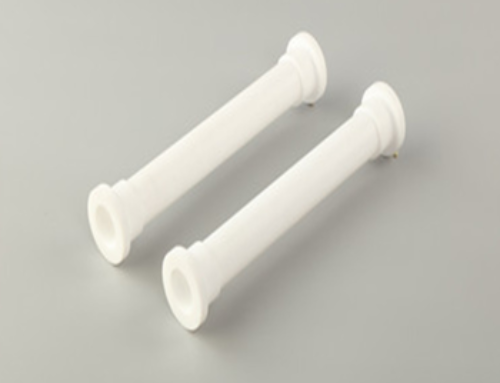
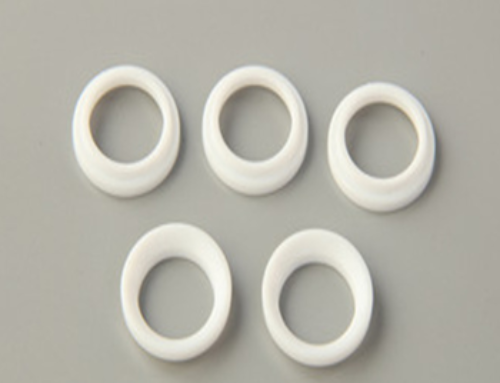

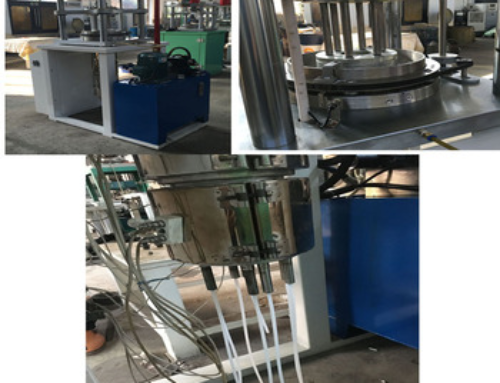
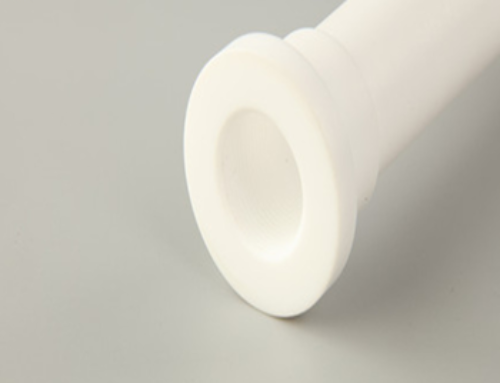

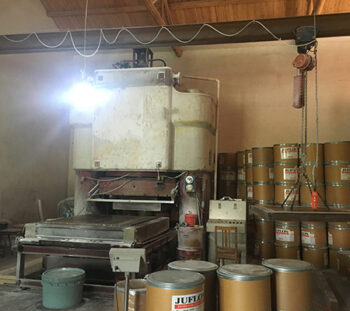
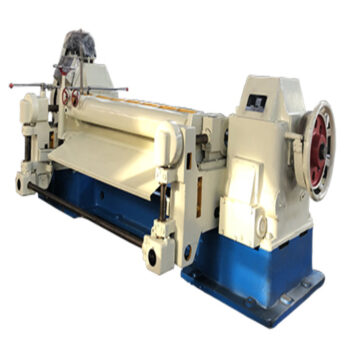
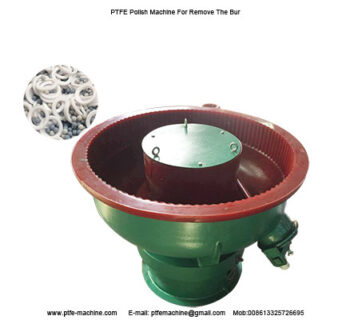
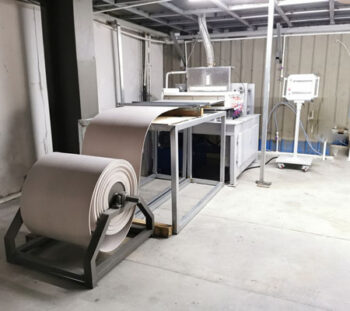
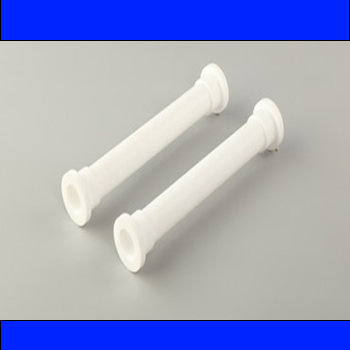

Leave A Comment
You must be logged in to post a comment.